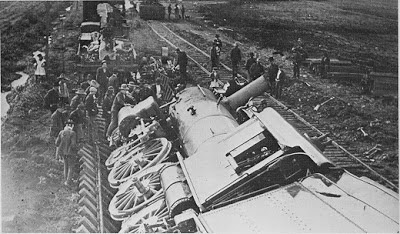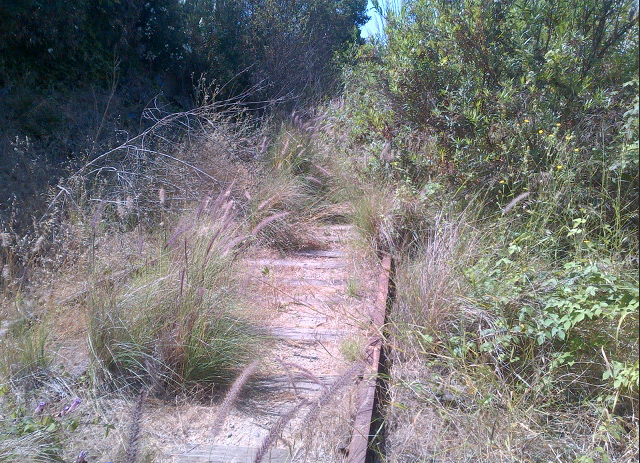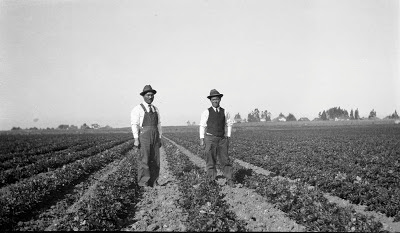Our sincere thanks to the wonderful people and organizations who have sent letters in support of the preservation of Historic Wintersburg. This list will be updated as more support letters arrive. (Updated August 13, 2013)
The discussion regarding the draft Environmental Impact Report to rezone the Historic Wintersburg property to commercial / industrial and demolish the historic structures continues at the Huntington Beach Planning Commission, 7 p.m., August 13 (postponed from June 25), at Huntington Beach City Hall, 2000 Main Street.
UPDATE: Read Rafu Shimpo article on Historic Wintersburg discussion, http://www.rafu.com/2013/08/huntington-beach-planning-commission-to-discuss-wintersburg-preservation/
PUBLIC OFFICIALS
Congressman Michael M. Honda
Congresswoman Judy Chu
Congressman Mark Takano
California State Senator Lou Correa
California State Senator Ted W. Lieu
California Assemblyman Al Muratsuchi
Los Angeles Commissioner Warren T. Furutani (former California Assembly member)
Congresswoman Judy Chu
Congressman Mark Takano
California State Senator Lou Correa
California State Senator Ted W. Lieu
California Assemblyman Al Muratsuchi
Los Angeles Commissioner Warren T. Furutani (former California Assembly member)
ORGANIZATIONS
Asian Pacific Islanders in Historic Preservation
(APIAHiP), Washington, D.C.
Manzanar Committee, California
Friends of Heart Mountain, Wyoming
Orange County Historical Commission
California Preservation Foundation
Preserving California’s Japantowns
Japanese American National Museum
Japanese American Historical Society of Southern California
Japanese American Citizens League, Washington, D.C.
Japanese American Citizens League, Pacific Southwest
Little Tokyo Service Center, Los Angeles
Little Tokyo Historical Society
Chinese American Historical Society of Southern California
Gardena Valley Japanese Cultural Institute
San Fernando Valley Japanese American Community Center
UTLA, Asian Pacific Educators Committee
Wintersburg Presbyterian Church, Orange County
City of Huntington Beach Historic Resources Board
Huntington Beach Historical Society
Huntington Beach Downtown Residents Association
Huntington Beach Neighbors
Huntington Beach Tomorrow
California-Nevada Barn Alliance
National Barn Alliance
Whittier Historic Resources Commission
Japanese Cultural and Community Center of Northern California
OCA – Asian Pacific American Advocates, Washington, D.C.
The Nikkei for Civil Rights/Redress (NCRR)
Manzanar Committee, California
Friends of Heart Mountain, Wyoming
Orange County Historical Commission
California Preservation Foundation
Preserving California’s Japantowns
Japanese American National Museum
Japanese American Historical Society of Southern California
Japanese American Citizens League, Washington, D.C.
Japanese American Citizens League, Pacific Southwest
Little Tokyo Service Center, Los Angeles
Little Tokyo Historical Society
Chinese American Historical Society of Southern California
Gardena Valley Japanese Cultural Institute
San Fernando Valley Japanese American Community Center
UTLA, Asian Pacific Educators Committee
Wintersburg Presbyterian Church, Orange County
City of Huntington Beach Historic Resources Board
Huntington Beach Historical Society
Huntington Beach Downtown Residents Association
Huntington Beach Neighbors
Huntington Beach Tomorrow
California-Nevada Barn Alliance
National Barn Alliance
Whittier Historic Resources Commission
Japanese Cultural and Community Center of Northern California
OCA – Asian Pacific American Advocates, Washington, D.C.
The Nikkei for Civil Rights/Redress (NCRR)
INDIVIDUALS
- Mary Adams Urashima, chair, Historic Wintersburg Preservation Task Force, author, Historic Wintersburg
- Rev. Dr. Greg Kimura, President and CEO, Japanese American National Museum
- Fumiko Carol Fujita, Little Tokyo Historical Society
- Tadashi Kowta, Volunteer, Little Tokyo Historical Society, Son of Rev. Sohei Kowta of Wintersburg Japanese Presbyterian Mission (lived in Manse)
- Kanji Sahara, Japanese American Citizens League
- Douglas McIntosh, archaeologist, pioneer family of Wintersburg Village
- Professor Emeritus Arthur A. Hansen, California State University – Fullerton
- Peyton Hall, FAIA, Adjunct Professor, Heritage Conservation Program – School of Architecture, University of Southern California
- Stacha Khatib, Huntington Beach, member Historic Wintersburg Task Force
- Barbara Haynes, member, Huntington Beach Historic Resources Board, member Historic Wintersburg Task Force
- Gloria Alvarez, Chair, Huntington Beach Historic Resources Board, member Historic Wintersburg Task Force
- Kim Kramer, President, Huntington Beach Downtown Residents Association
- John Seiro Matsuda, Gardena
- Stephen Crawford, Laguna Beach
- Mariko Iguchi
- Richardson Grey, Huntington Beach
- Evelyn Yee, Associate Professor, Asuza Pacific University
- Michi Tanioka
- Mas Ohsiro
- James Hosada
- James V. Vitale, AIA
- Robert Crittendon, Author, Barn in the U.S.A.
- Yukio Kawaratani, Director – Little Tokyo Historical Society
- Chris Koyama
- Steve Sakurai
- Janice Yen, Nikkei for Civil Rights & Redress
- Jane Gothold, Whittier Historic Resources Commission
- Mary Farrell, Manzanar National Historic Site archaeologist
- Jeff Burton, Manzanar National Historic Site archaeologist
- Michael Okamura, President - Little Tokyo Historical Society
- Lynn Johsz, Huntington Beach
- Dave Wentworth, Sr., Great grandson of Huntington Beach’s first mayor Ed Manning, member, Huntington Beach Historic Resources Board, member Historic Wintersburg Task Force
- Elaine Parker, Volunteer member of the Historic Wintersburg Task Force
- Jean-Paul deGuzman, Ph.D. candidate, Department of History, UCLA; Historic Tuna Canyon Coalition
- Judy Lee, Riverside Metropolitan Museum, Save Our Chinatown Committee-Riverside, Chinese Historical Society of Southern California member
- Kay Ochi, Retired high school teacher, 30-year member of Nikkei for Civil Rights & Redress
- Beth Padon, Archaeologist, Discovery Works
- Ryan Yokota, PhD Candidate in the History Department at the University of Chicago, born and raised in Huntington Beach, served on the Huntington Beach Youth Board
- Lane Ryo Hirabayashi, Ph.D., George and Sakaye Aratani Endowed Chair, Asian American Studies Department, UCLA
- Tom Fujii, The Nikkei for Civil Rights/Redress (NCRR)
- Donna Graves, Preserving California's Japantowns
- Sandra Vaughan, Huntington Beach
- Stone S. Ishimaru, American Heritage Archive, Los Angeles
- Richard Katsuda, Co-Chairman, Nikkei for Civil Rights and Redress
- M. Rosalind Sagara, founding member and current chair of the Save Our Chinatown Committee, Riverside, California

































